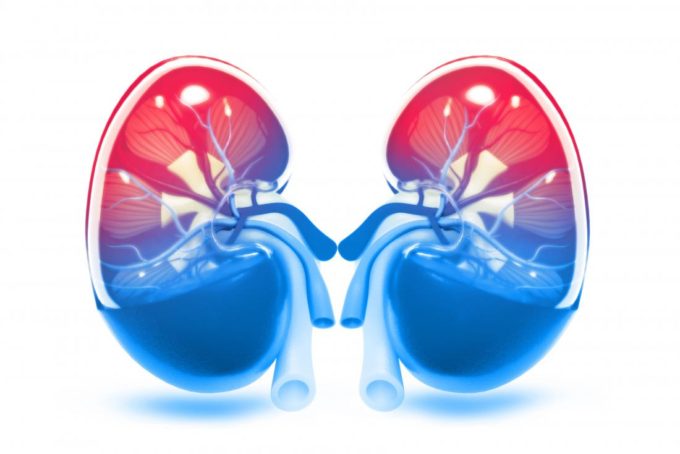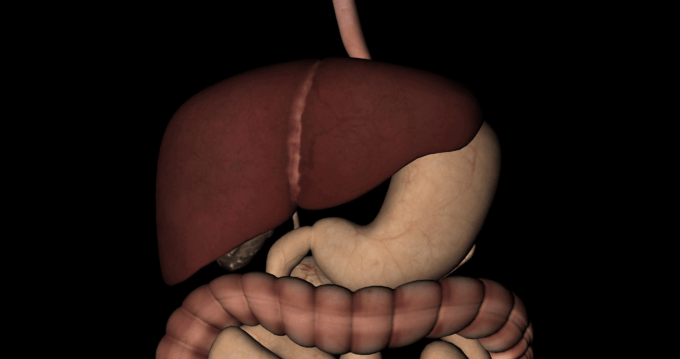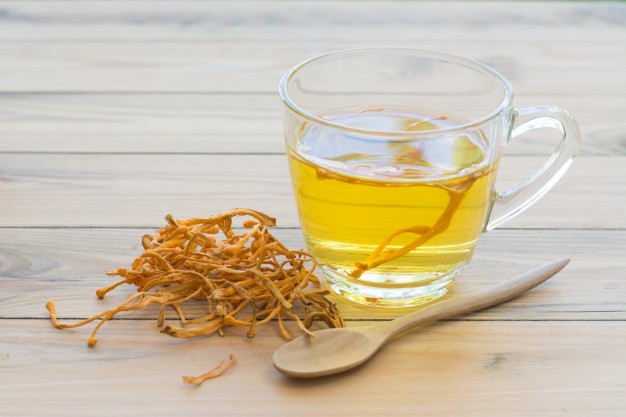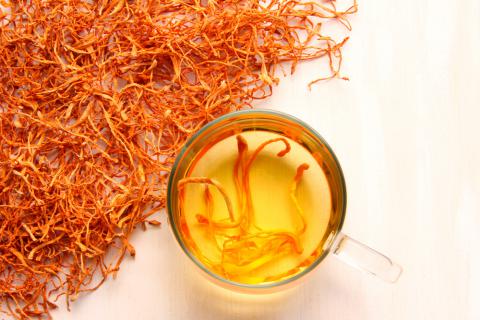The link between Cordyceps Militaris and Cardiovascular diseases
The heart is easily the most vital organ in any living organism. Throughout life, it needs to beat regularly for constant supply of blood to the body, but when this regular rhythm is lost, it really can be petrifying. Signifying this state, cardiac arrhythmia is that condition of improper electrical impulses that are unable to manage this organ’s blood pumping sequence.
In such a condition, the heart either beats too slow or too fast, on a regular or irregular basis. As a result, it may not be able to send adequate blood to the brain, itself and other organs. The risk of arrhythmia is known to rise with age, and this condition is most prevalent amongst individuals in their 50s. It is here the remarkable medicinal mushroom Cordyceps Militaris acts as a source of relief for patients.
[1] As per research published in the Journal of Alternative and Complementary Medicine, administration of Cordyceps Militaris can bring down high blood pressure and also rectify cardiac arrhythmia by increasing its latent period. In this manner, the duration of cardiac arrhythmia attacks can be reduced. [2] Similarly, scientist L Ganxhon has laid a claim that Cordycep Militaris also acts positively during protection attacks of hypoxia and ischemia
How Cordyceps Militaris is able to control cardiac arrythmia
[3] As per A. Pelleg, the reason Cordyceps Militaris is able to control arrhythmia is the existence of deoxyadenosine, adenosine and other adenosine-type nucleotides and nucleosides, all of which have a remarkable effect on cerebral and coronary circulation.
[4] A number of studies of chronic heart patients, published in the Journal of Administration of Traditional Chinese Medicine 5 prove that administration of Cordyceps Militaris over long term, in conjunction with conventional treatments significantly improve cardiac functions and mental health.
[5] Apart from the above, different studies performed by D.G. Chen have proved that the administration of this wonder mushroom increases blood flow in coronary vessels to the heart, thereby decreasing the risk of coronary heart disease as well as myocardial infarction, as well as better brain functioning (enhanced cognitive ability and memory, less chances of ischemic strokes)
[6] D. G. Chen’s publications on Cordyceps Militaris effects also indicate relaxation of the aorta and the femoral artery during treatment with the extract of this mushroom, showing potential in the treatment of limb ischemia, recognized as one of the top causes of male disability today.
During the year 1995, Chen made us of the Cordyceps Militaris extract on 34 patients suffering from chronic heart failure, where he used echocardiography to compare their cardiac outputs with another group of 30 patients who had been administered regular treatment. Cordyceps Militaris clearly increased cardiac output by 60%, as compared to 25% in the control group.
References
[1] Zhu, JS, Halpern, GM, Jones, K. The scientific rediscovery of a precious ancient Chinese herbal regimen: Cordycep Militaris. Part II. Journal of Alternative and Complementary Medicine. 1998, 4(4), 429–457
[2] Ganxhon, L et al. The essentials of traditional Chinese herbal medicine (5th edition). USA: Foreign Language Press, 2003
[3] Pelleg, A. et al. The pharmacology of adenosine. Pharmacotherapy 10: 157-174, 1990; Toda, N. et al. Response to adenine nucleotides and related compounds of isolated dog cereberal, coronary and mesenteric arteries. Blood Vessels 19: 226-236 1982; Berne, R.M. The role of Adenosine in the regulation of coronary blood flow. Circ. Res. 47: 807-813, 1980
[4] Chen D.G. Effects of JinShuiBao Capsule on the Quality of Life of Patients with Heart Failure. Journal of Administration of Traditional Chinese Medicine 5 (1995): 40-43
[5] (Chen D.G. Effects of JinShuiBao Capsule on the Quality of Life of Patients with Heart Failure. Journal of Administration of Traditional Chinese Medicine 5 (1995): 40- 43)
[6] (Chen D.G. Effects of JinShuiBao Capsule on the Quality of Life of Patients with Heart Failure. Journal of Administration of Traditional Chinese Medicine 5 (1995): 40- 43)










